Vertigo (Balance Disorders)
What is Vertigo (Balance Disorder)?
Vertigo is a condition characterized by a false sensation of spinning—either of the body or the surrounding environment—often accompanied by dizziness and loss of balance. It can be a frustrating and debilitating experience for those affected.
Symptoms of Vertigo and Balance Disorders:
- Spinning Sensation: The primary symptom, where the affected person feels that they or their surroundings are moving or rotating.
- Dizziness: A sense of unsteadiness or lightheadedness.
- Nausea and Vomiting: Common symptoms triggered by the spinning sensation.
- Sweating: Excessive sweating may occur during vertigo episodes.
- Loss of Balance: Difficulty maintaining stability, potentially leading to stumbling or falling.
Signs of Vertigo:
- Abnormal Eye Movements (Nystagmus): Rapid or jerky involuntary eye movements, a hallmark of vertigo.
- Unsteady Gait: Wobbly or staggering walking patterns.
- Coordination Problems: Difficulty performing precise motor tasks.
Causes of Vertigo and Balance Disorders:
- Benign Paroxysmal Positional Vertigo (BPPV): The most common cause, resulting from displaced calcium crystals in the inner ear disrupting balance signals.
- Ménière’s Disease: Characterized by recurrent vertigo, hearing loss, tinnitus (ringing in the ears), and a feeling of fullness in the affected ear.
- Vestibular Neuritis: Inflammation of the vestibular nerve, typically due to a viral infection.
- Migraine-Associated Vertigo: Some migraine sufferers experience vertigo as a symptom.
- Inner Ear Infections: Conditions like labyrinthitis or vestibular neuritis can lead to vertigo.
- Medications: Certain drugs (e.g., for high blood pressure or epilepsy) may cause vertigo as a side effect.
Diagnosis of Vertigo:
Identifying the underlying cause requires a thorough evaluation by a specialist, including:
- Medical History: Questions about symptoms, duration, and potential triggers.
- Physical Examination: Assessing eye movements, balance, and coordination.
- Dix-Hallpike Test: Used to diagnose BPPV, involving specific head and body movements to provoke vertigo and observe eye responses.
- Imaging Studies: CT scans or MRIs to rule out other potential causes.
Treatment of Vertigo:
Treatment depends on the underlying cause and may include:
- Canalith Repositioning Maneuvers: A series of head and body movements to reposition calcium crystals in the inner ear, commonly used for BPPV.
- Medications: To relieve nausea or treat underlying conditions like migraines or Ménière’s disease.
- Vestibular Rehabilitation: Specialized physical therapy exercises to improve balance and reduce vertigo symptoms.
- Lifestyle Changes: Avoiding triggers such as specific foods or activities that worsen symptoms.
- Surgical Intervention: Considered in rare, severe cases unresponsive to other treatments.
Consulting a specialist is crucial for an accurate diagnosis and a tailored treatment plan.


